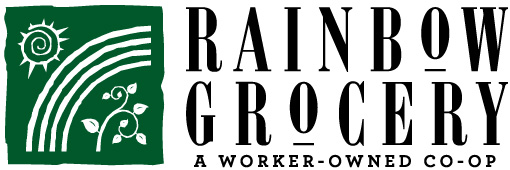Urolithiasis is a condition of having stones in the urinary system and it affects 5-10% of the American and European populations. Medical therapy is evolving at this time with prevention of stones including the following:
1. Drink two liters of water per day.
2. Reduce animal protein intake.
3. Reduce salt intake.
4. Consume a normal amount of calcium.
5. Oxalate restriction.
6. Increase citrus fruits intake.
Bile stone inhibitors reduce stone formation and include the following supplements:
1. Citrates.
2. Magnesium.
3. Glycosaminoglycans (GAG).
Alkaline citrate therapy is often used effectively. Potassium citrate at 30-60 meq./day is given to promote urinary alkalinization to a pH of 6.0 to 6.5. This dissolves uric acid and works for both uric acid and calcium stones. There is 80% success rate with a pH of 6.5 to 7.5, which treats calcium and cystine stones and increases the solubility of cystine. NaHCO3 (baking soda) 650 mg. three times a day works for alkalinization, but this gives the body a high load of sodium.
Low urinary levels of citrate (hypocitraturia) are found in 20% of people who are stone formers. Low purine diets are suggested for hyperuricemia, which is seen in 50% of stone formers.
Phyllanthus niruri extract has been shown to be of benefit without side effects, causing stones to become smaller and softer, especially calcium oxylate stones.
New treatments for stones have made open surgery nearly obsolete. Spontaneous passage of stones less than 5 mm. in diameter occurs in 98% of patients within 40 days.
CONCLUSION: There are modern treatments for kidney stones that reduce the need for surgery. Modern herbal treatments, diet restrictions and supplements which reduce stone formation are of great benefit.
NOTE: Foods that are high in purines are beef, pork, bacon, lamb, seafood, alcoholic beverages, and high yeast foods like beer and bread. Low purine foods include asparagus, cauliflower, mushrooms, peas, spinach, whole grain breads and cereals, white poultry like chicken, duck and turkey, kidney beans and lima beans.
High oxalate foods include sorrel, spinach, rhubarb, beets, nuts, chocolate, wheat bran, strawberries, peanuts, almonds and tea. Since much of the oxalate in the body is produced internally, oxalate restriction may not be successful.
Glycosaminoglycans (GAG’s) are mucopolysaccharides which contain hexosamine and are important for connective tissues. They include the following:
1. Chondroitin sulphate.
2. Hyaluronic acid.
3. Heparin.
Fermentation of glucose produces citric acid, which is found in lemons, limes, pineapples and gooseberries.
Read about a doctor’s understanding of stone management after 35 years experience.
PMID: 17144848.
Summary #196.

